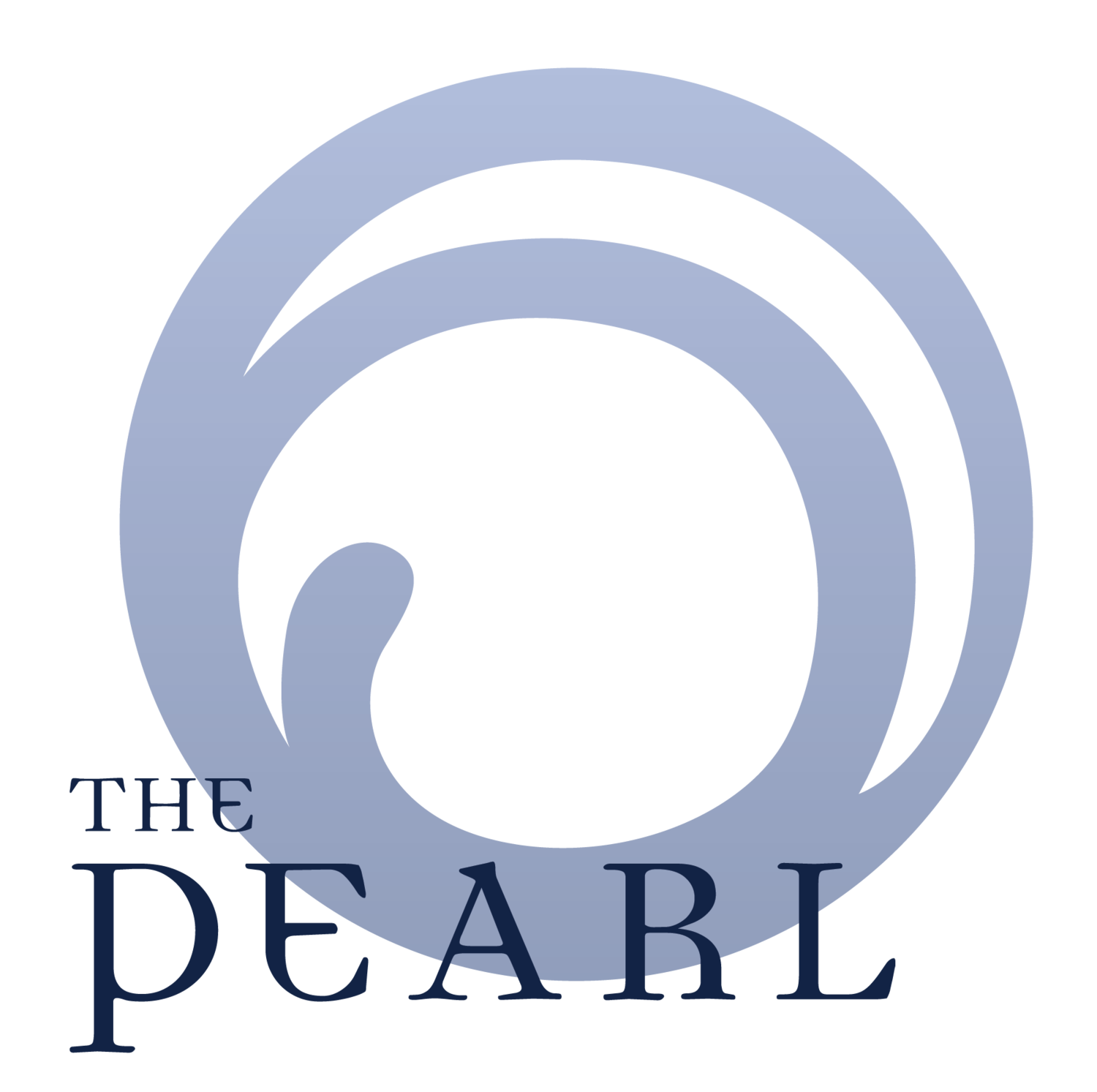The Painful Plate-5 Dietary Tips for Chronic Pain
Did you know that chronic pain plagues more Americans than cancer, diabetes, and heart disease combined? If not, now you do. Not only is chronic pain common, it is an American epidemic, racking up as much as $635 billion dollars annually in healthcare costs. Break that down to a more manageable number, and that’s about $2,000 for EVERY inhabitant of the United States, whether or not they are experiencing chronic pain themselves.
Topping the list of most common complaints of chronic pain are low back pain at 27%, severe headaches or migraines at 15%, neck pain also at 15%, and facial pain at 4%.
According to the American Pain Foundation, over half of those suffering from chronic pain report that they feel as if they have little to no control over their pain, and nearly 2/3’s of them also report having pain which as severe enough to negatively affect their quality of life.
So what can we do to help ourselves? We see our doctors. We see our chiropractors. Our massage therapists, but what about starting somewhere more simple. What about starting with what we put into our mouths and bodies?
What we put into our bodies has a very real affect on what happens TO our bodies. We have all been there. No breakfast, too much coffee. The caffeine jitters ensue. But what if we look at our diets as something which can heal us? Here are a few tips to get you started down the path of discovering how your diet can positively affect your experience with chronic pain.
#1 If you only take away one thing from these bits of information, let it be this. Journal. journal, journal, journal. I don’t mean pour your heart out about how difficult your life is, I mean a pain journal. Here’s the thing. You are you. I am me. That guy over there is that guy over there. What may work for one person might not work for another, or anyone else for that matter! It only takes a few moments a day, and is extremely valuable to those involved in the management of your care. Date a daily entry and include: The weather, your food choices that day, your activities, the amount of sleep you received the night before, what medications you took, and any “feelings” you may have. Do your end of the month deadlines ALWAYS give you a splitting headache? It’s up to you and no one else to make notes. Make them count. Don’t make it more difficult than it has to be. If you do, you’ll never keep up with it. That being said, everything below is simply a guideline. It’s a collection of what has and has not worked for many people. You might not be many people.
#2 Know your Omegas. Omega-3 & Omega-6 fatty acids may seem just a few digits different from each other, but our bodies process and use them very differently. Omega-6 fatty acids generally promote inflammation, while Omega-3 fatty acids reduce inflammation. This may make it sound as if we should not be eating Omega-6’s in our diet, but that is not the case. Our body needs inflammation. It’s how we heal and repair. The key is in the ratio. Most health experts can agree that you should strike a balance of 2:1-4:1 of Omega-6’s to Omega-3’s. The scary thing? The average American consumes something closer to 14-25:1. Yowsa. The main source of Omega-6’s in the American diet is vegetable oils (Evening Primrose Oil also contains Omega-6’s). Not surprising seeing as we love all things fried. Omega-3 rich foods are varied, but a few common ones are flax seeds, walnuts, and cold water fish and fish oils. Researchers at the University of Pittsburgh found that patients with neck or back pain who took 1200 mg per day of omega-3 free fatty acids (eicosapentaenoic acid and decosahexaenoic acid) found in fish oil supplements in addition to their non-steroidal anti-inflammatory drug (NSAID) were satisfied (by an 80% margin) with the pain-relieving effects. Talk to your nutritionist or dietician about advice on balancing the Omegas in your diet.
““Pain insists upon being attended to. God whispers to us in our pleasures, speaks in our consciences, but shouts in our pains. It is his megaphone to rouse a deaf world.”
― C.S. Lewis”
#3 Get down with enzymes. Yep, you knew it was coming. Eat your fresh fruits and vegetables. You’re probably not surprised. Why does this recommendation always seem to arise when any sort of health related conversation comes up? Because science has only hit the tip of the iceberg when it comes to the myriad of benefits that fresh, raw fruits and vegetables provide to us in the form of vitamins, minerals, enzymes, fiber, and other beneficial substances. One enzyme in particular, bromelain, a complex enzyme of pineapple, is commonly used in Europe as an anti-inflammatory compound for many forms of musculoskeletal injury, arthritis, cramps, post-surgery and post-traumatic swelling. It has been shown to be beneficial in reducing swelling, inflammation and pain by blocking the creation of proinflammatory compounds like prostaglandins, decreasing the production of kinins, and inhibiting fibrin production (Tasman, 1964). Although it is generally well tolerated, it can aggravate ulcers or esophagitis, and can interact with blood thinners (Meletis, 2000).
#4 Don’t ignore minerals in the pursuit of vitamins. Zinc and copper may help in wound healing and reduce pain and inflammation (Honkanen, 1991, Lansdown, 1996). Magnesium is analgesic for neuropathic pain in animal studies (Begon, 2002) and has shown clinical benefit in the treatment of migraine, cluster and tension headaches (Peikert, 1996; Mauskop, 1996; Demirkaya, 2001). It is unclear whether magnesium can reduce pain related to surgery (Hoinig, 1998; Ko, 2001). Magnesium’s mechanism of action in pain management may be partly due to NMDA blockade (Begon, 2002)
#5 Incorporate these pain-relieving super-foods into your diet.
Salmon-
Many people fail to incorporate plenty of Omega-3 into their diets (see above). Salmon is a great source of omega-3 fats.
When purchasing salmon, pick a wild-caught option. Commercially raised salmon are filled with toxins. Introducing salmon into your diet should be easy enough. For instance, if you like to eat burgers, replace the beef patty with a salmon burger instead. If you are making salad, top it off with pieces of smoked salmon.
Aside from salmon, sardines, herring and mackerel are rich in omega-3 as well.
Onions-
Onions are rich in quercetin, an antioxidant known for fighting enzymes that cause inflammation. Aside from quercetin, onions also contain plenty of sulfur compounds that help improve your immune system. Use onions in your salad or as a spice to in any of your dishes. Other foods that are good sources of quercetin are red wine, broccoli, apples and grapes.
Blueberries-
Blueberries are known for their high amounts of antioxidants, and some of the antioxidants that can be beneficial for your chronic pain are anthocyanins. Like all antioxidants, anthocyanins help battle free radicals. Free radicals can trigger inflammation which can make your chronic pain worse. To get plenty of blueberries into your diet, you can mix them with some rice milk and a banana to make a smoothie.
Sweet Potatoes-
Sweet potatoes contain high amounts of carotenoids, antioxidants that are very similar to anthocyanins. Carotenoids minimize inflammation and strengthen your immunity. A good recipe would be to bake sweet potatoes, mash them and add cinnamon and grated ginger. Papayas, carrots, mangoes and red peppers are also good sources of carotenoids.
Garlic-
Garlic is one of the most anti-inflammatory foods that you can eat to alleviate your chronic pain. Rich in sulfur compounds, garlic stimulates the production of T helper cells which can boost your immune system. Use raw garlic when mixing spicy blends.
Knowing what foods to avoid is just as important as knowing what foods to eat to lessen chronic pain. Generally, gluten-rich foods and animal products are known to be highly inflammatory.
As noted above in tip #1, be aware that not all foods and substances will control pain and inflammation for all people, and some may even aggravate it in certain individuals. This is simply a list of what works well for many people. The only way to know for sure is to keep a record of the foods you eat, and talk to your doctor or nutritionist about your specific concerns and dietary needs.
Photos courtesy of Pexels and Creative Commons and are licensed for commercial reuse













Is it me or is that time just ticking away? How’d it turn into Friday? I swear I was just shaking my fist at the Monday morning sky whispering, “Not you again!” Do you ever feel like you have just enough time in a week to do what the company wants, what the kids want, what the community wants? Then your to-do list becomes a to-doom scroll? If it’s rolling under the car, it’s probably too long. What if we could help you think about one less thing and help you make some feel-good choices this season?